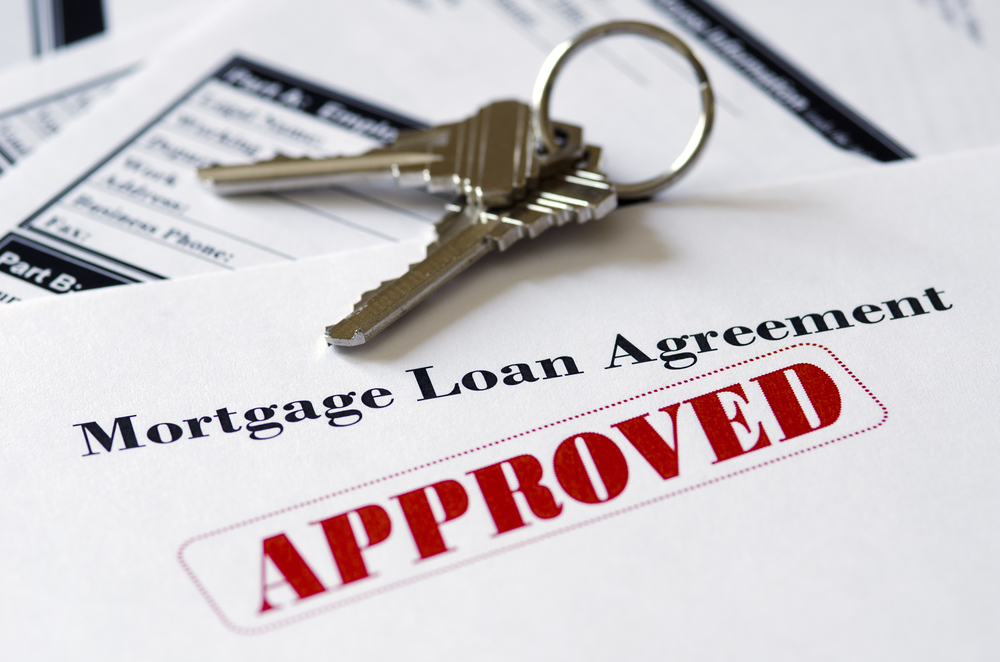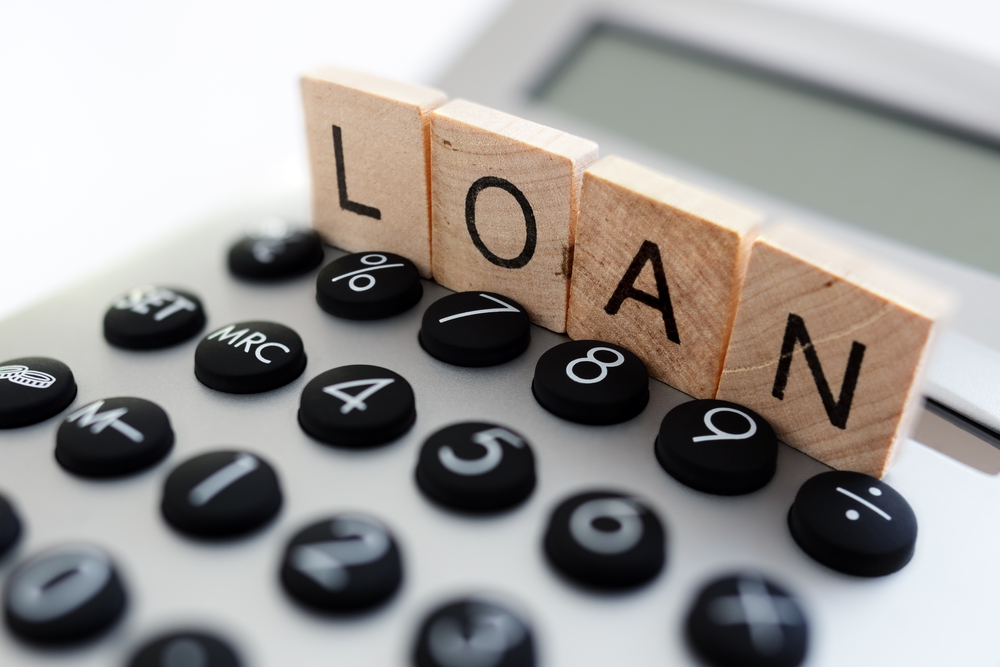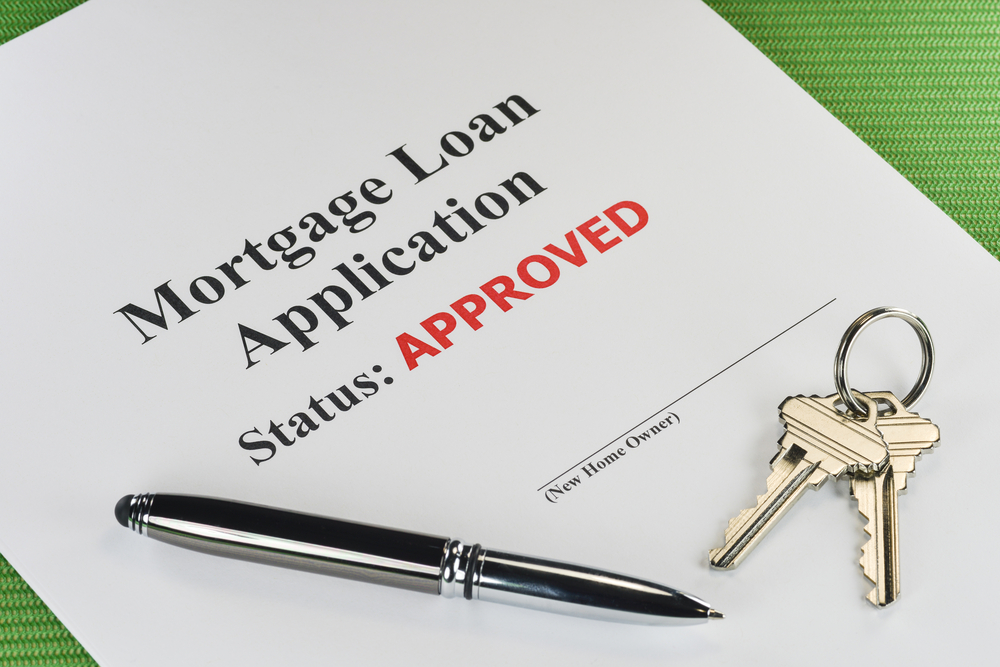Two major types of mortgage loans exist: the fixed-rate mortgage and adjustable rate mortgage. A fixed-rate mortgage is pretty straightforward – the interest rate stays the same for the life of the loan. Adjustable rate mortgages, or ARMS for short, are far more complex. These mortgages have interest rates that fluctuate over the life of the loan. Because the interest rate for an ARM changes, so does the monthly payment.
Adjustment period
The adjustment period is the period of time between interest rate changes. Interest rates on an ARM can change anywhere from monthly to annually, sometimes even every five or fifteen years. The shorter your adjustment period, the more often your interest rate will change.
Index and Margin
An ARM’s interest rate has two parts: an index and margin. The index is a base interest rate and the portion that moves up and down when the interest rate adjusts. Indexes are usually based on other interest rates like the London Interbank Offered Rate (LIBOR) or 1-year constant-maturity Treasury (CMT). Indexes are usually published in major newspapers or on the internet, so you can watch them change and predict the resulting change in your ARMs interest rate.
The margin is an extra number of percentage points the lender adds to the interest rate. The margin plus interest is your interest rate. The margin is the only part of the ARMs interest rate that doesn’t change.
Interest Rate and Payment Caps
When your ARM has an interest rate cap, it is a maximum limit on the amount your interest rate can increase. There may be a periodic adjustment cap that keeps your interest rate from rising a certain amount from one period to another. Or, there can be a lifetime cap that sets the maximum amount your interest rate can ever be.
The payment cap limits the amount your monthly mortgage payment can increase at the adjustment period.
Hybrid ARM
A hybrid ARM has a fixed-rate period and an adjustable-rate period. During the fixed-rate period, the interest rate remains the same. After that, the interest rate can adjust on a periodic basis. You can tell how long each period lasts by the way the interest rate is advertised. For example, a 5/1 ARM has a fixed-rate period of five years. After that, the interest rate will adjust every year for the remainder of the loan. The first number tells you the length of the fixed-rate period and the second number lets you know how long the adjustment period will be once the fixed-rate period has expired.
Interest-Only ARM
With interest-only ARMs, your monthly payments only cover the interest for a certain amount of time. During the interest-only period, your monthly mortgage payments will be smaller than if you were also paying interest. Once the interest-only period ends, your payment will increase, sometimes much higher than comparable mortgages, because you’re just beginning to pay back the mortgage.
Option ARM
An option ARM gives you the flexibility choose which payment you want to make each month. You can make a traditional principal and interest payment, an interest-only payment, or some other minimum payment. If you don’t make at least the interest payment on an option ARM, your mortgage could suffer from negative amortization – a situation that happens when your loan balance decreases rather than increases.







